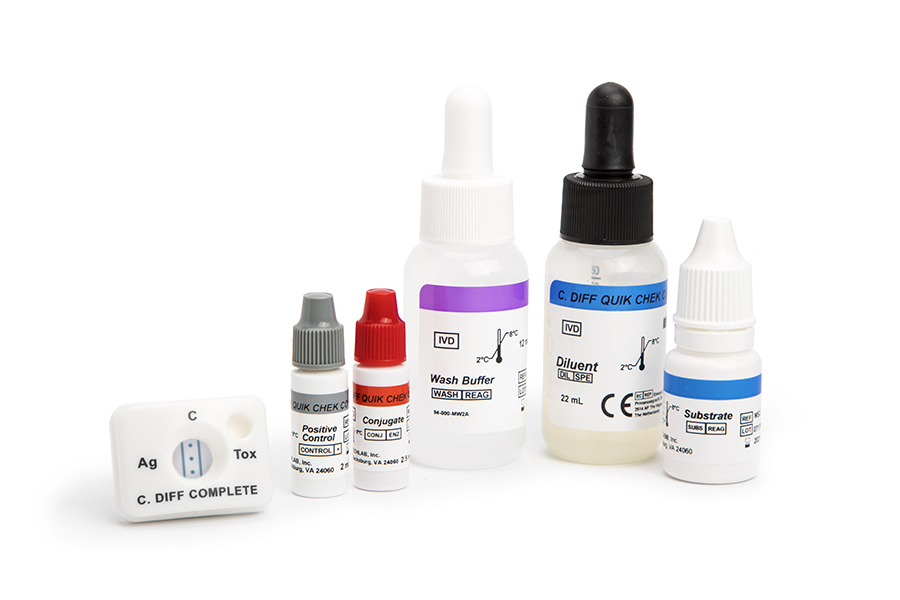Contact us

News
Read news from SSI Diagnostica Group. Here you will find the latest updates, announcements, and insights from across our organization. From company milestones to industry developments, this is your source for timely and reliable information about our work, our people, and our vision for the future.
Follow us on LinkedIn | Read more about the management team | Read About us
SSI Diagnostica Group acquires Gulf Coast Scientific
April 2025
SSI Diagnostica Group acquires Gulf Coast Scientific – a Florida-based IVD company specialized in Urea Breath Testing for Helicobacter Pylori and further strengthens the Group’s footprint in the US clinical diagnostic market.


Successful Refinancing with Bridgepoint Credit, Nordea and Nykredit
March 2025
SSI Diagnostica Group, a global leader in clinical diagnostics for infectious gastric, respiratory and bloodborne diseases, is pleased to announce it has signed a refinancing agreement led by Bridgepoint Credit, one of Europe’s most experienced credit managers with over €14 billion of assets under management.
Lars Henrik Vejrup Hansen joins as new CFO
January 2025
SSI Diagnostica Group will as of 2nd of January 2025 welcome Lars Henrik Vejrup Hansen as new Group CFO. Lars comes from prior senior financial leadership positions in organizations like Ernst & Young and A. P. Møller Maersk – and most recently from a position as Group CFO at Toms Gruppen A/S.


European IVDR Certification for combined GDH plus Toxin A/B test
July 2024
We are pleased to announce that C. DIFF QUIK CHEK COMPLETE® test has received certification under the European In Vitro Diagnostic Medical Device Regulation (IVDR), a first* for a combined GDH plus toxin A/B test.
May 2024: New Vice President: Mie N. Petersen Spearheading Global Strategy & Corporate Development
April 2024: Welcoming New Head of Global Sales & Marketing for Kits & Consumables
Get in touch
Whether you like to get in touch about media, the company or explore partnership opportunities please complete the form, and a member of our team will get in touch with you as soon as possible.